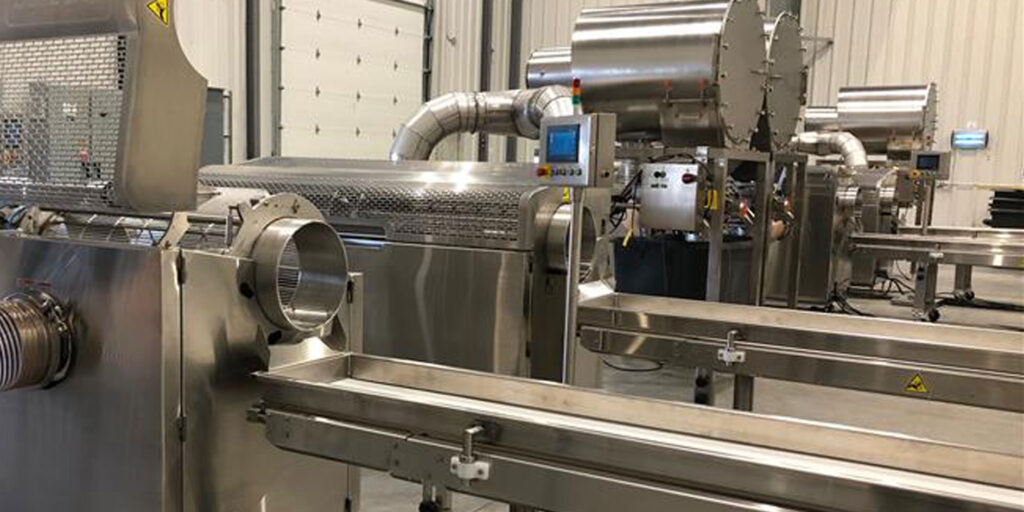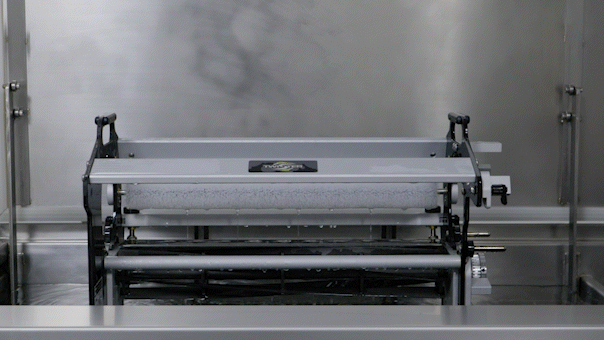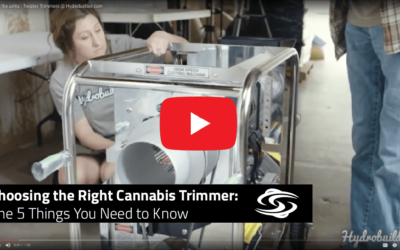The Hidden Costs of Commercial Cannabis Trimming Machines

Uncovering the Hidden Costs of Commercial Cannabis Trimming Equipment
If you’re looking to invest in a commercial cannabis processing machine, it’s important to consider all the costs involved. From blades and filters to cleaning and parts, there are many hidden costs that can quickly add up. Don’t fall for the trap of low upfront costs – the true cost of ownership lies in the long-term maintenance and replacement of components.
Blades
There are many blade systems available in the market, with some requiring minimal maintenance and others requiring regular replacement. Typically, these blades are very thin and made of non-hardened tool steel, which can easily bend, crack, or chip, leading to the need for replacement. Replacing blades, especially if the machine has more than one, can be a hidden cost that many people overlook until it is too late.
Filters
Some cannabis trimming machines use vacuum or air movement to enhance the trimming process’s speed and efficiency. This air flow captures leaves and dust, which eventually exits the trimming system. To prevent contamination of the surrounding workspace, the exhausted air must be filtered. The best systems first pass the air through a separator or cyclone to remove most particulate and then a series of filters to remove fine particulate and allergens. The separator or cyclone’s efficiency affects how often the filters must be cleaned or replaced. Simple filter systems use felt material, which captures 90% of the particulate but still allows smaller allergens to fill the room. These felt filters can quickly clog, reducing the trimming system’s effectiveness, and are difficult to clean, requiring regular replacement, which drives up costs. Another type of filtration is multi-stage nylon micron filters. These filters capture decreasing sizes of particulate at each stage and are washable, reducing costs. The most advanced systems have multiple stages of filters, including washable nylon pre-filters and a pleated secondary filter followed by HEPA filtration. Having washable nylon pre-filters first reduces the need to replace other filters, lowering costs.
Cleaning

T4 in UltraClean
Cleaning cannabis trimming machines is crucial to consider when evaluating hidden costs. Cleaning takes time, and some machines do not live up to their claims. Keeping the machine clean ensures optimal performance and adheres to strict sanitary guidelines, especially for medical cannabis and exports to regions like Europe, which often follow EUGMP standards. Machines with plastic tumblers, such as the Twister T6 and the Mobius m108, do not meet this threshold. Other machines with Teflon coatings and painted parts do not meet GMP standards. Cleaning a cannabis trimming machine can occur several times a day, especially if processing multiple batches. The best machines can be directly washed with hot high-pressure water and have all components sealed, preferably with an IP65 rating. Only a few trimmers, such as the Twister T4, can be placed directly in an ultrasonic tank for deep cleaning. It is important to choose a trimmer made of stainless steel for the easiest and most sanitary cleaning.
Parts
Before making a purchase, ensure you know what parts are not covered by the manufacturer’s warranty. Machines with tumblers with plastic rings or wires can fail quickly, often in less than 100 hours, and the tumbler’s breakage can damage the blades, requiring destruction of the surrounding flower and often most of the Lot, as per QA guidelines. This expense can quickly add up. Machines with high-quality bearings, stainless steel components, and hardened tool steel blades have the lowest total cost of ownership. Look for equipment designed for commercial operations with a minimum of 5 years on the market and a strong warranty.
Downtime
A commercial trimming machine can be highly efficient, but if it fails or breaks, the downtime can be costly. To minimize costs for large commercial producers, choose equipment with a continuous duty cycle, which can run continuously 24 hours a day. The equipment supplier should also have a service team and offer service contracts to maintain the equipment and prevent costly downtime.
In summary, there are many hidden costs in operating commercial cannabis processing equipment. The total cost of ownership is a key factor when determining the equipment purchase’s fiscal impact. Typically, equipment that is lower cost will use lower-cost components or inferior designs. While the upfront cost of these machines may be lower, the long-term costs of blades, filters, cleaning, parts, and downtime will far outweigh the initial savings.
See the Latest Cannabis News
Choosing the Right Cannabis Trimmer: 5 Things You Need to Know
Choosing a Cannabis trimming machine that matches your unique...

